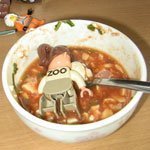
Lesson: Dynamic Paneling
By
def, in Brick Flicks & Comics
-
Recently Browsing 0 members
No registered users viewing this page.

By
def, in Brick Flicks & Comics
No registered users viewing this page.